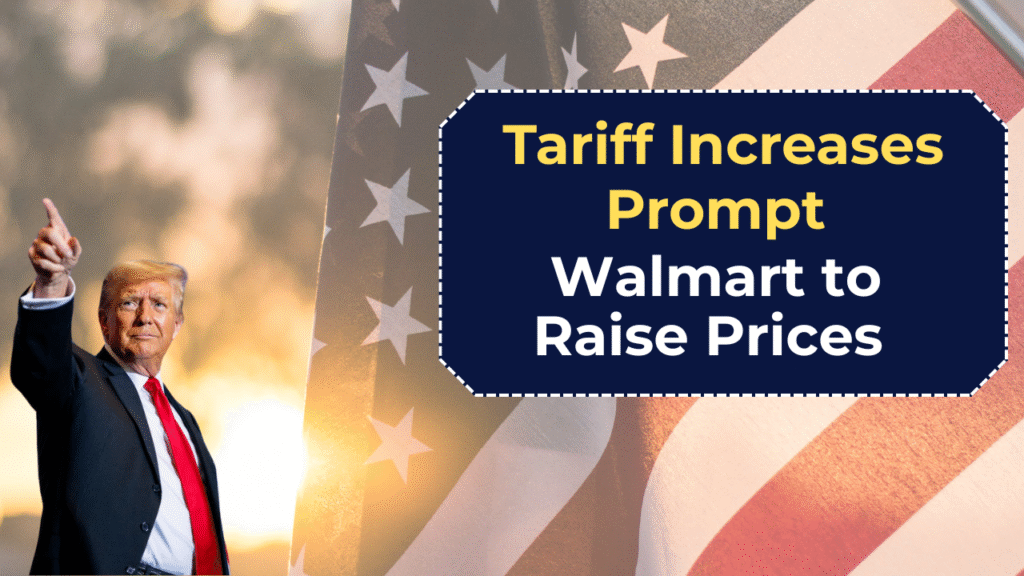Retail Giant Cites Tariffs as Key Driver of Upcoming Price Increases
Walmart, the largest private employer in the United States, has announced plans to raise prices across its stores starting at the end of May 2025. The decision is attributed to the financial strain caused by tariffs imposed on imported goods, particularly those from China. The company’s leadership has indicated that these tariffs have led to increased costs that can no longer be fully absorbed, necessitating price adjustments for consumers.
Impact of Tariffs on Walmart’s Operations
During a recent earnings call, Walmart CEO Doug McMillon stated, “The higher tariffs will result in higher prices.” Chief Financial Officer John David Rainey described the pace of cost increases as “unprecedented,” emphasizing that the scale of the price hikes is too significant for retailers or suppliers to manage without passing some of the burden onto customers.
The tariffs in question include a 10% tax on all imports and a 60% tax on Chinese imports, policies backed by former President Donald Trump. These measures have led to increased import costs for businesses, which are now being reflected in consumer prices.
Affected Product Categories
The price increases will be most noticeable in categories such as electronics, toys, and food products imported from countries like China, Costa Rica, Peru, and Colombia. Items such as apparel, furniture, cars, and groceries including meat, tomatoes, and strawberries—are also expected to see price hikes.
Walmart has indicated that while it aims to shield food prices as much as possible, rising costs are inevitable. The company is working with suppliers and leveraging its private brand assortment to try to mitigate the impact on consumers.
Broader Economic Implications
Economists anticipate that consumer-price inflation could rise from 2.3% to approximately 3.3% over the next year if tariffs persist. Other companies, including Ford and various fashion brands, have also announced plans to raise prices in response to the tariffs. Ford, for instance, cited up to $5,000 in tariffs per vehicle.
The Federal Reserve has noted growing inflation concerns among consumers and manufacturers. As businesses face higher import costs due to both tariffs and a weaker dollar, selective price adjustments are being implemented to maintain profitability. These developments highlight the challenges faced by companies operating in a low-margin retail environment.
Walmart’s Financial Performance
Despite the challenges posed by tariffs, Walmart reported stronger-than-expected first-quarter results. Adjusted earnings per share stood at $0.61, and revenue rose 2.5% to $165.61 billion. These figures surpassed analysts’ expectations of $0.58 per share but slightly missed the projected revenue of $165.99 billion. The company maintained its fiscal 2026 outlook, forecasting a second-quarter net sales growth between 3.5% to 4.5%.
However, Walmart refrained from providing specific guidance for operating income and earnings per share for the second quarter due to current market uncertainties. Following the earnings report, Walmart shares dipped 4% after initially gaining during premarket trading. The stock had previously increased 7% year-to-date.
Consumer Strategies Amid Rising Prices
As prices begin to rise, experts recommend several strategies for consumers to mitigate expenses:
- Shop with a list: Planning purchases can help avoid impulse buys.
- Buy in bulk: Purchasing larger quantities can reduce the per-unit cost.
- Choose store brands: These are often more affordable than name brands.
- Seek sales and discounts: Taking advantage of promotions can lead to significant savings.
These approaches can help consumers navigate the financial impact of the upcoming price increases.
Conclusion
Walmart’s decision to raise prices underscores the broader economic ramifications of ongoing trade policies. As tariffs continue to affect import costs, consumers can expect to see higher prices across various product categories. While Walmart and other retailers are implementing strategies to mitigate these impacts, the financial burden is likely to be shared with consumers in the coming months.




